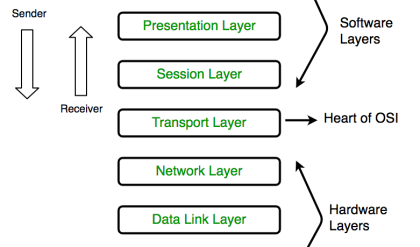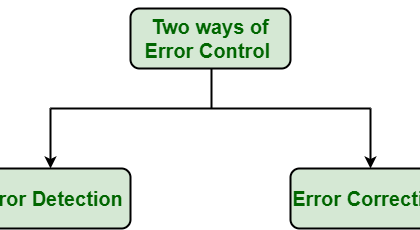The IEEE defines phase as “a relative measurement that describes the temporal relationship between two signals that have the same frequency.” We can plot a sine wave (representing a certain frequency) by the method shown in Figure 2.7, where the horizontal lines are continuation of points a, b, c, and so on, and the vertical lines a , b , c , and so on, are equally spaced and indicate angular degrees of rotation. The intersection of lines a and a , b and b , and so on, indicates points on the sine wave curve.
To illustrate what is meant by phase relation, we turn to the construction of a sine wave using a circle as shown in Figure 2.7. In the figure the horizontal scale (the abscissa) represents time and the vertical scale (the ordinate) represents instantaneous values of



current or voltage. The complete curve shows values of current (or voltage) for all instants during one complete cycle. It is convenient and customary to divide the time scale into units of degrees rather than seconds, considering one complete cycle as being completed always in 360 degrees or units of time (regardless of the actual time taken in seconds). The reason for this convention becomes obvious from the method of constructing the sine wave as shown in Figure 2.7, where, to plot the complete curve, we take points around the circumference of the circle through 360 angular degrees. It needs to be kept in mind that in the sense now used, the degree is a measure of time in terms of the frequency, not of an angle.
We must understand phase and phase angle because it will be used in our discussions of modulation and of certain types of distortion that can limit the rate of transmitting information and/or corrupt a wanted signal (Ref. 2).
An example of two signals of the same frequency, in phase and with different amplitudes, is illustrated in Figure 2.8a, and another example of two signals of the same frequency and amplitude, but 180 degrees out of phase, is shown in Figure 2.8b. Note the use of π in the figure, meaning π radians or 180◦ , 2π radians or 360◦ .





